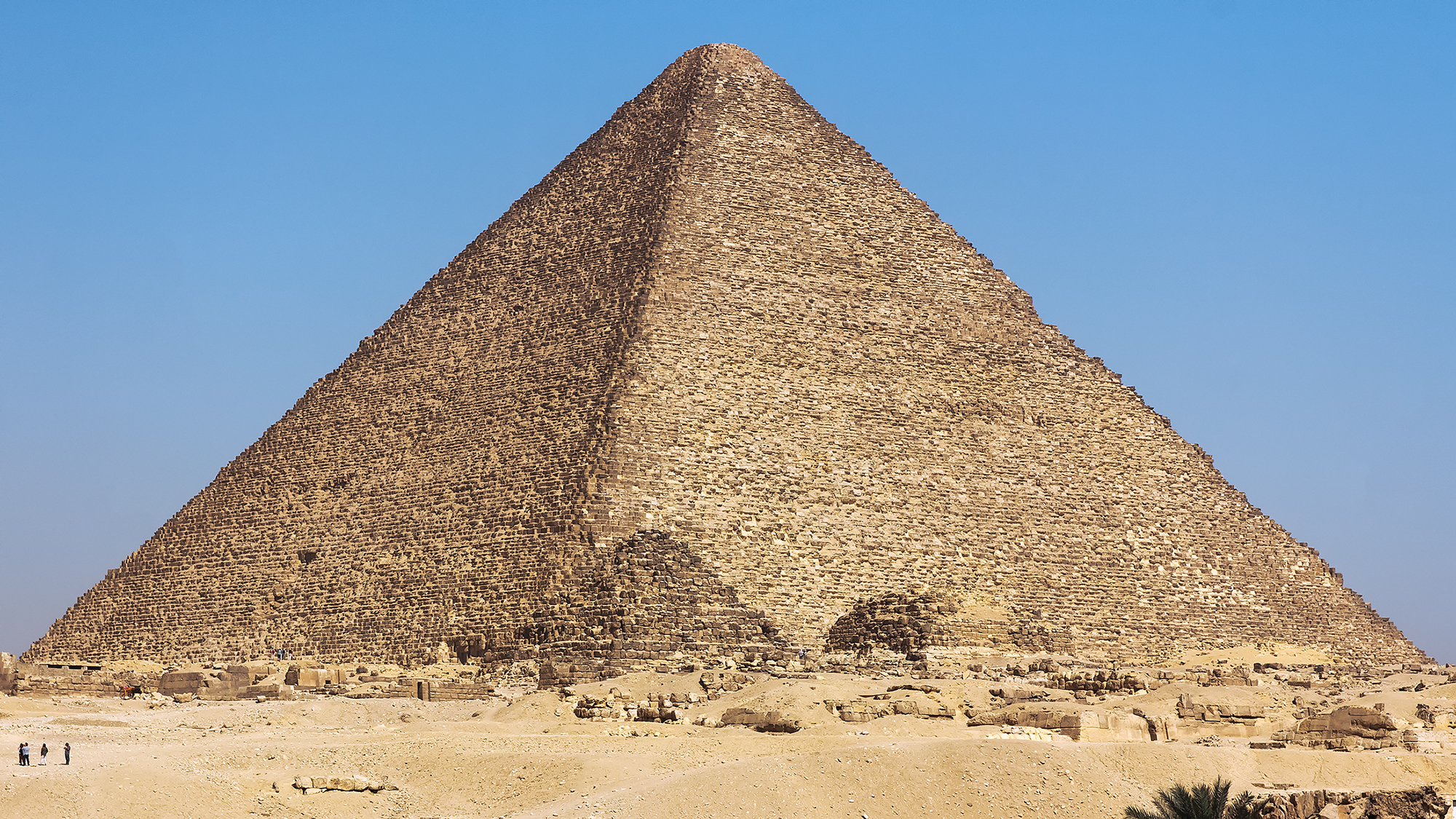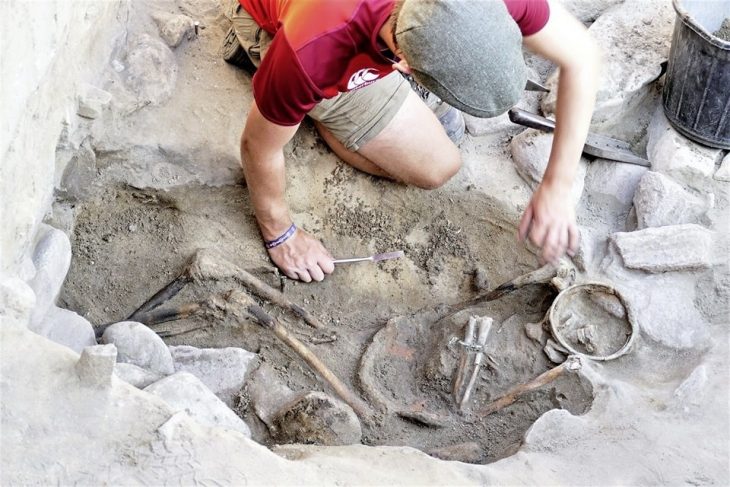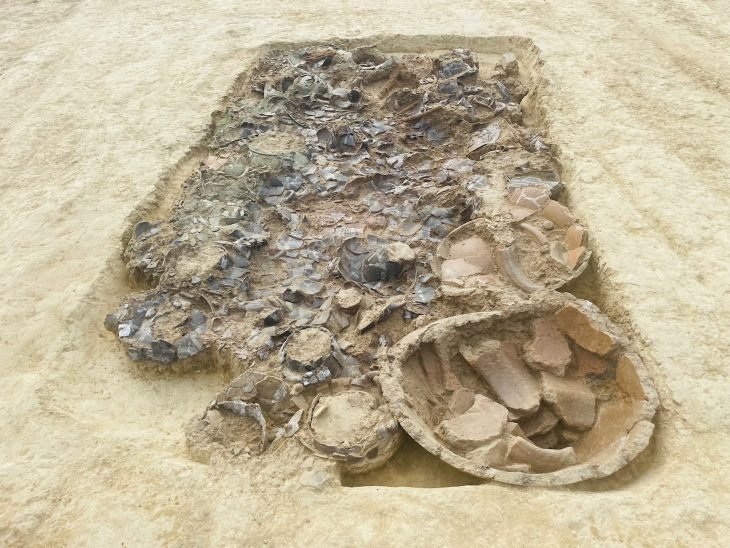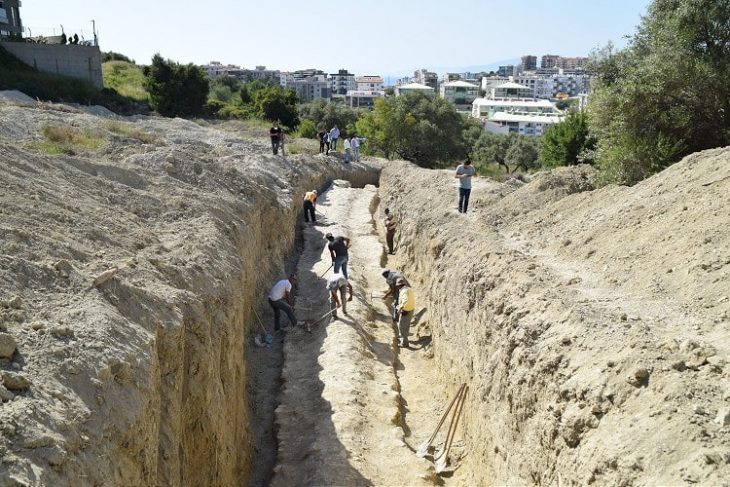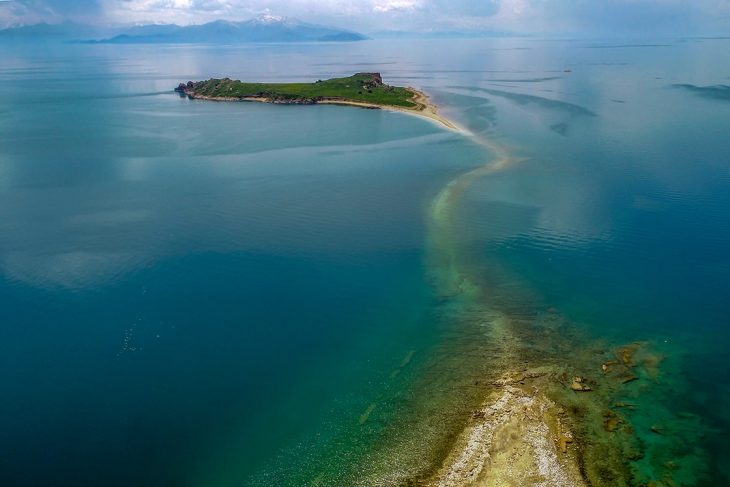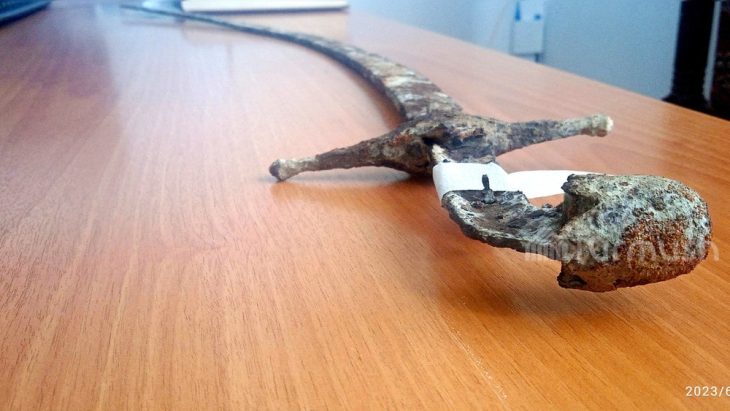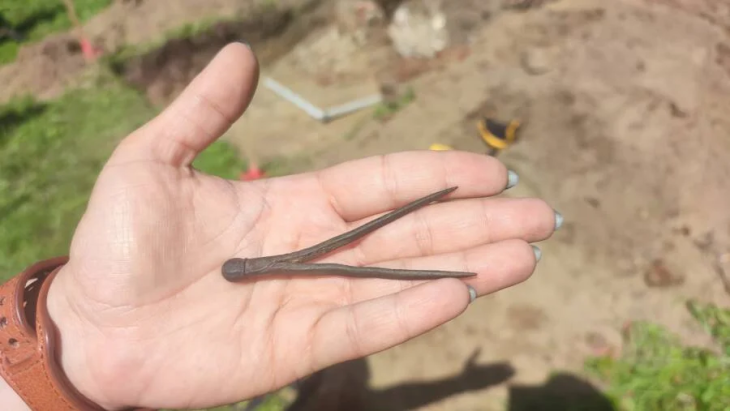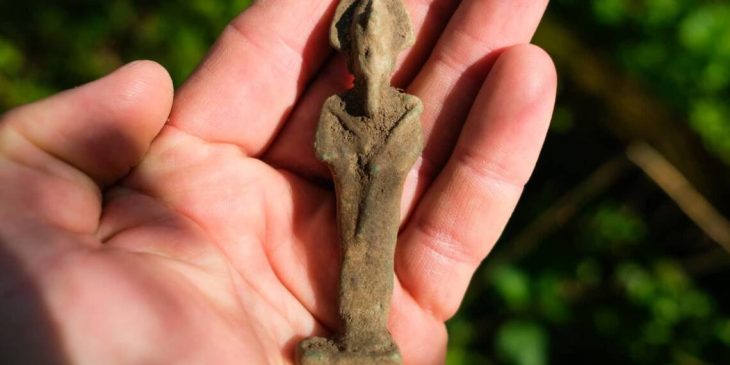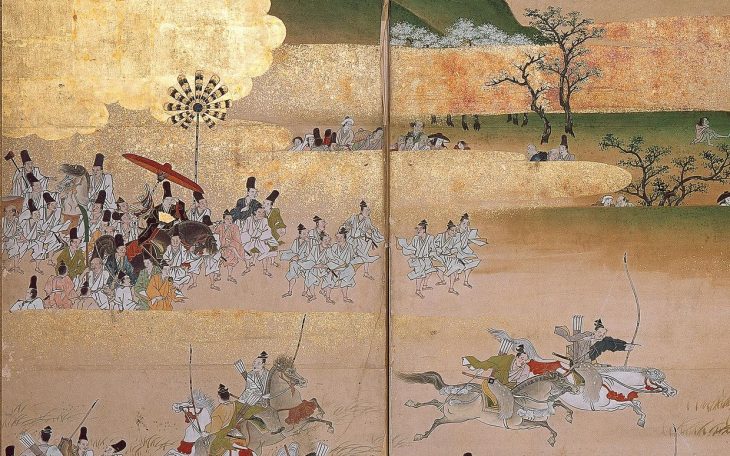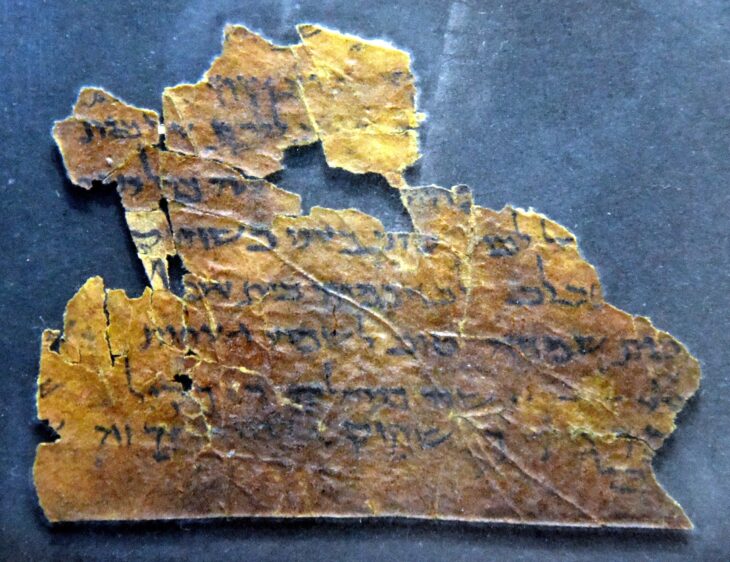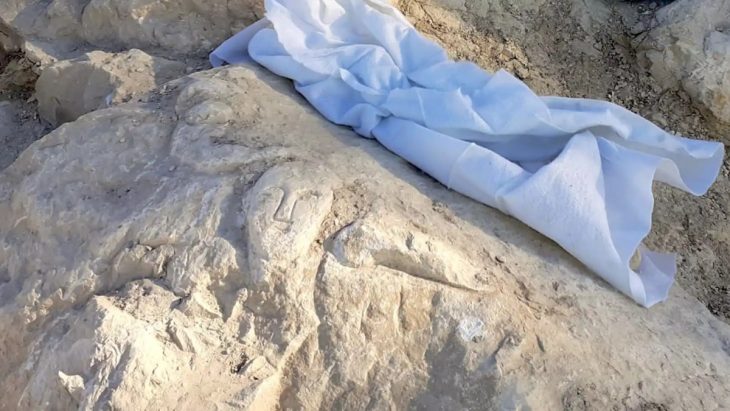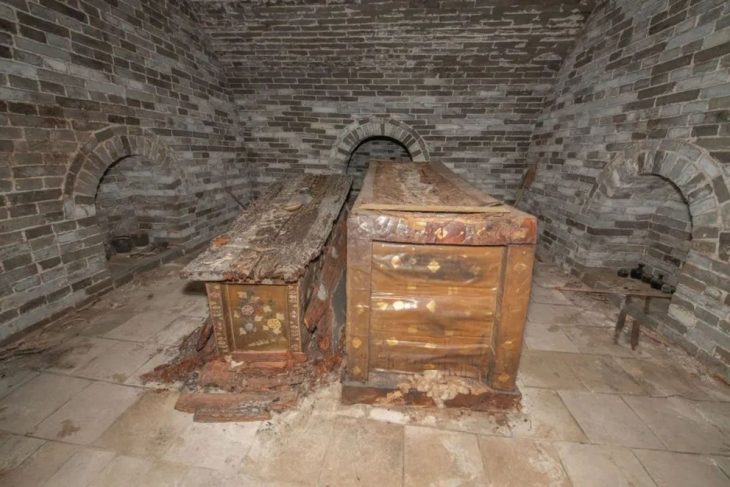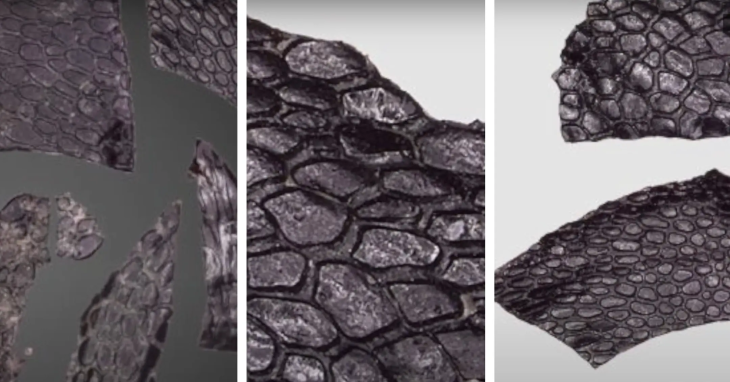A radical new theory proposed by a computer engineer suggests that the biblical Garden of Eden may not be in the traditionally believed location of Mesopotamia (modern-day Iraq), but rather lies beneath the iconic Great Pyramid of Giza in Egypt. Dr. Konstantin Borisov outlined his intriguing hypothesis in a study recently published in the journal Archaeological Discovery.
For centuries, the prevailing scholarly view has located the biblical Garden of Eden at the confluence of the Tigris and Euphrates rivers in modern-day Iraq. This interpretation has largely stemmed from the description in Genesis 2:8 14, which depicts Eden being nourished by a single river that subsequently branched into four distinct streams: the Pishon, Gihon, Tigris (Hiddekel), and Euphrates. However, this long-held belief is now being challenged by computer engineer Dr. Konstantin Borisov, who proposes a new location based on his reinterpretation of ancient maps and historical texts.”
Borisov’s argument hinges on a map dating back to around 500 BCE, which depicts four major rivers – the Nile, Tigris, Euphrates, and Indus – originating from what ancient civilizations perceived as a surrounding “Oceanus.” Borisov posits that the elusive biblical river Gihon corresponds to the Nile, a connection supported by the writings of the Romano-Jewish historian Flavius Josephus, who identified the Gihon as flowing through Egypt and known to the Greeks as the Nile.
Further bolstering his claim, Borisov analyzes the Hereford Mappa Mundi, a prominent 13th-century map that places “Paradise” near this encircling river Oceanus. By combining geographical analysis with mythological symbolism, Borisov argues that the inclusion of the Nile as one of the four rivers emanating from Oceanus on ancient maps makes Egypt a more compelling candidate for Eden’s location than Mesopotamia.
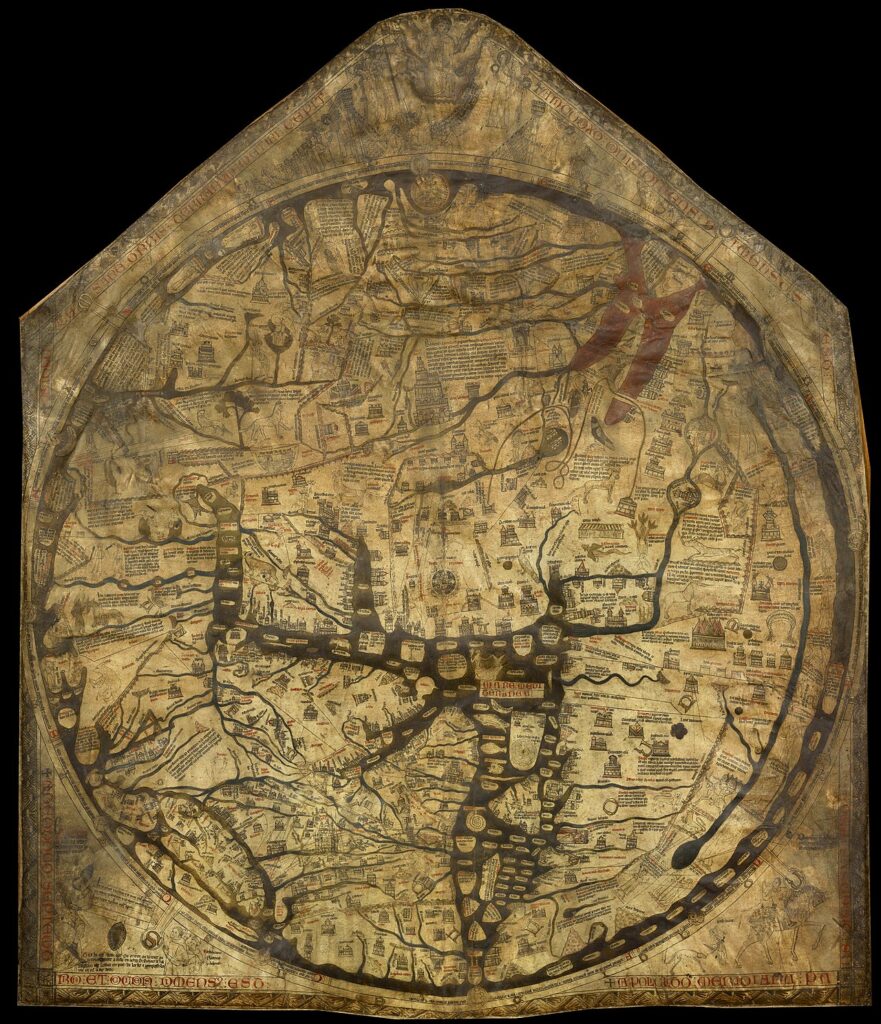
Intriguingly, Borisov also draws a connection between the Great Pyramid of Giza and the biblical Tree of Life. He suggests that light patterns observed within the pyramid’s King’s Chamber bear a striking resemblance to the glow of a tree. Citing computer simulations from 2012, Borisov notes that charged particles within the chamber form branch-like patterns extending from a central point, mirroring the description of the Tree of Life. He also points to earlier findings indicating an accumulation of energy at the pyramid’s apex.
📣 Our WhatsApp channel is now LIVE! Stay up-to-date with the latest news and updates, just click here to follow us on WhatsApp and never miss a thing!!
“It cannot be overlooked, the charged particles in this simulation are arranged in a way that creates several parallel branches extending outward from the center line, creating a tree-like representation,” Borisov stated in an interview with The Mirror.
Borisov acknowledges that further research is needed to precisely map the ancient understanding of “Oceanus,” which he believes will be crucial in pinpointing Eden’s exact location. However, he asserts that his multidisciplinary approach, integrating ancient texts, cartography, mythology, and modern scientific findings, offers a compelling new perspective on this age-old mystery.

While Borisov’s theory presents a significant departure from traditional interpretations, the quest to locate the Garden of Eden has a long and varied history. Over the years, numerous alternative locations have been proposed, ranging from Iran (suggested by English archaeologist David Rohl) and Israel (linked to the Jordan River) to more unexpected places like Florida and Mongolia. The Mormon faith even places Eden in Jackson County, Missouri.
Despite the diverse array of theories, the enduring fascination with the Garden of Eden persists. Whether a literal geographical location or a powerful myth, the search for humanity’s original paradise continues to spark debate and inspire new explorations into our ancient past.
Borisov, K. (2024) The Garden of Eden: A New Perspective on Its Location. Archaeological Discovery, 12, 198-223. doi: 10.4236/ad.2024.124012.
Cover Image Credit: Wikipedia

